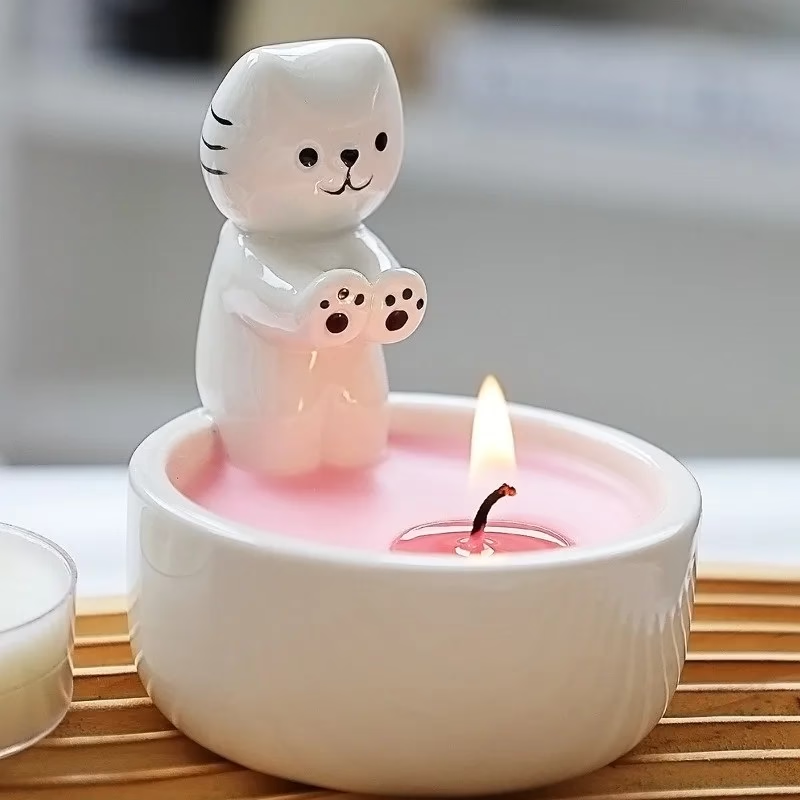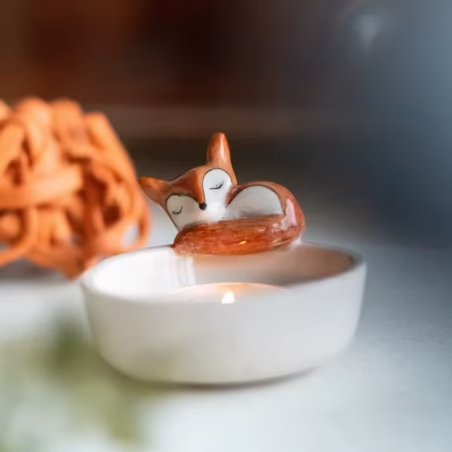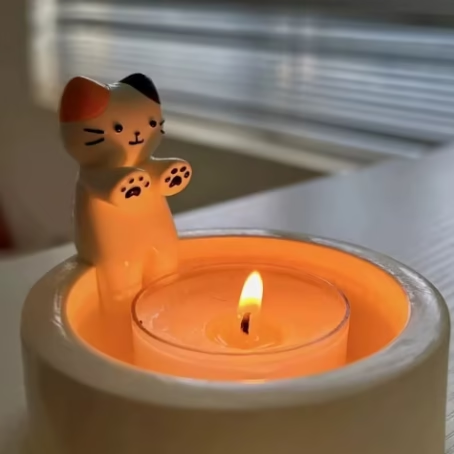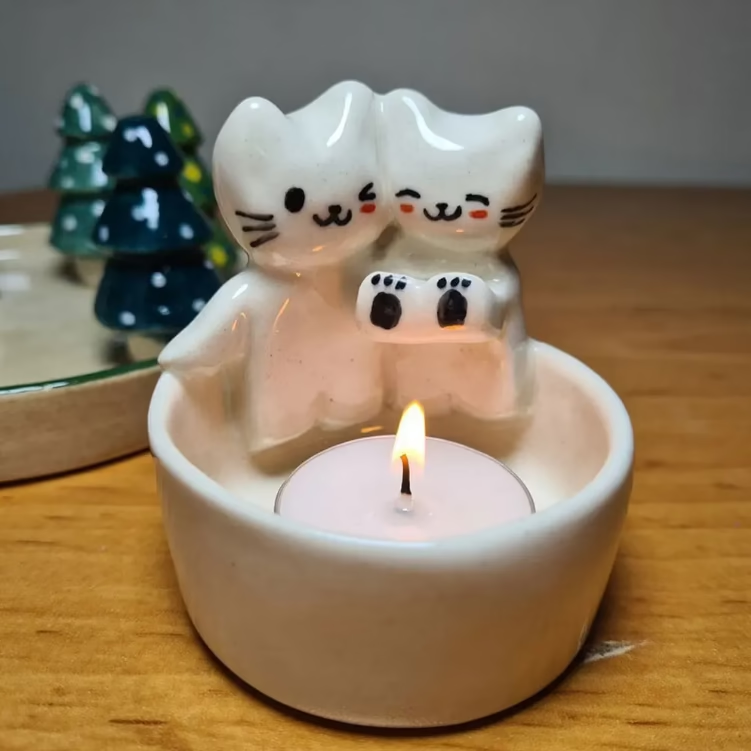Affiliate links used here. We may earn a small commission at no cost to you.
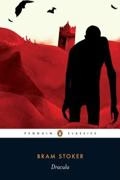
Most genres can be defined by content: romance talks about the matters of the heart, mystery about riddles or crimes, and so on – but horror is instead defined by what it aims to provoke: fear. The classic Dracula by Bram Stoker, My Sweet Audrina by V.C. Andrews, and The Troop by Nick Cutter have completely different subjects. Still, they all instil fear in the reader and, therefore, belong to the horror fiction genre.

Despite a common belief that horror requires some sort of supernatural aspect, it often makes use of none, as seen in the above-mentioned My Sweet Audrina and The Last House on Needless Street by Catriona Ward. All a horror story needs to do is evoke a sense of disgust, shock, or terror in the audience.
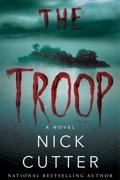
Since the emotions are what mainly characterise horror, its elements can easily cross the boundaries into other genres to lend them horror’s engaging qualities. Stories are about people (represented through characters), their reactions, interactions, and relationships with events, other characters, things, or themselves. If any of those taps into the character’s deepest fears, then there’s a perfect opportunity to borrow elements from horror in any other genre. The more vulnerable the character is to their fear, the bigger their challenge, and the stronger the scene.

This article will show you some tools for using horror elements in fiction that you can explore in your story, without mischaracterising your primary genre. But first…
Why Add Horror Elements to Non-Horror Genres?
We make up horrors to help us cope with the real ones.
Stephen King
Following the wisdom of the master, one of the first reasons to add horror elements to your story is to expand its purpose. Horror is all around us: whether through the news or social media feeds, you’re flooded with reports that can hardly be believed to be facts. They fill us with dread. Fiction provides relief. An author is able to control events in a way that’s not possible in real life. Moreover, readers feel safe with the certainty that the narrative is not about reality – at least not exactly as it was told.
The explanation above points to an additional benefit: since horror is part of daily life, it may make your fiction more credible. But there are other reasons to infuse horror elements into any story.
The Creative and Strategic Benefits of Horror Techniques
- They subvert genre expectations, surprising readers who think they know the rules of your genre. A sudden, chilling moment in a romance or a grotesque discovery in a cosy mystery can be incredibly memorable.
- You can explore themes more deeply, since horror provides a powerful, metaphorical language to tackle complex themes like grief, trauma, addiction, or societal decay in a way that feels visceral and immediate, rather than just intellectual.
- Horror techniques heighten emotional stakes, as they can amplify feelings of loss, despair, paranoia, and vulnerability, making the emotional payoff of hope or triumph much greater.
- You may build a unique authorial voice or brand. Blending genres is a way to stand out. If you can put a dark, creepy twist on feel-good fiction, that will set you apart from the crowd.
- They allow you to broaden your book’s potential reach by attracting readers from the massive horror fanbase, while still keeping your core genre readers.
- Horror elements raise the perceived stakes of conflicts, making the threat feel more consequential. A metaphorical or literal monster feels more urgent and dangerous than a standard villain or obstacle.
Advertisement: The Best 6″ Colour eReader with Case
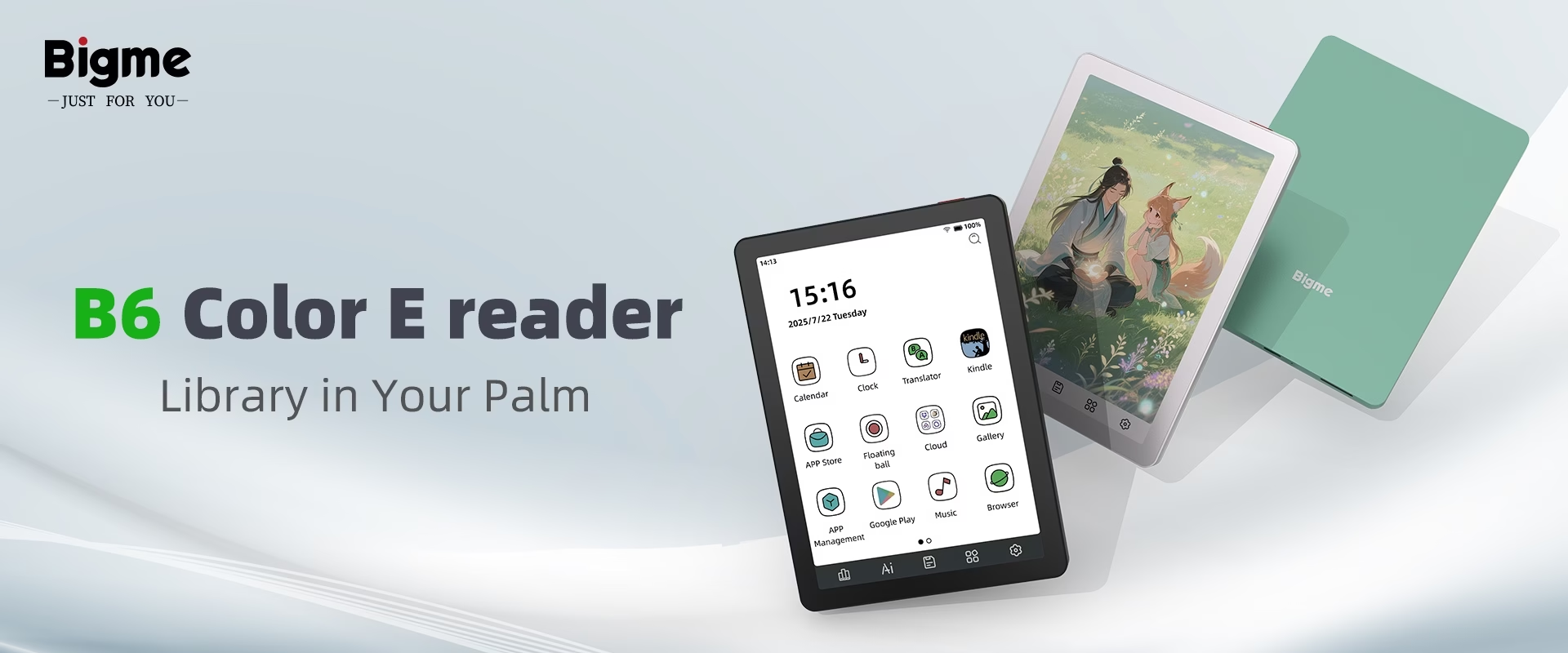
13 Horror Writing Tools You Can Borrow
Now, let’s check 13 horror elements you can borrow for your story, along with examples from other genres that use them effectively.
- Dread & The Slow Burn is the art of the anxious, meticulous build-up. It’s the agonising anticipation of a threat, making the eventual payoff far more powerful. It’s often found in thrillers, mysteries, and literary fiction.
- Atmospheric Locations establishan active setting, which is an influential force. It dictates the mood, shapes the action, and holds its own secrets and malevolence. It also shows up in gothic romance, fantasy, and westerns.
- The Uncanny & The Grotesque create profound unease by twisting the familiar or confronting the reader with disturbing, physical distortion. Magical realism and dark fantasy often make use of the uncanny and the grotesque.
- The Monster as a Metaphor. A creature or threat is a physical manifestation of a larger theme, fear, or societal anxiety, such as grief, addiction, or oppression. Any genre can employ a metaphoric monster, even the lighthearted or cosy ones that typically avoid them.
- Isolation & Helplessness removea character’s support systems (people, technology, escape routes) to heighten vulnerability and force a confrontation with the threat alone. Thrillers, adventures, and sci-fi can usually benefit from isolation and helplessness.
- Psychological Terror & The Unreliable Narrator focus on the internal unravelling of a mind, an unreliable narrator makes the reader question reality itself, breeding paranoia and doubt. It’s common in psychological thrillers, noir, and literary fiction.
- Body Horror exploits the innate fear of our physical form being betrayed, invaded, or transformed against our will into something alien or broken. It’s common in cyberpunk and dark fantasy, but there is a place for them in political thrillers and social satire if an author dares.
- The Ticking Clock imposes a strict, looming deadline to raise urgency and stakes, forcing characters to act under immense pressure. Commonly found in thrillers and action-adventure, it can be inserted in comedies, or even in YA – which teenager hasn’t gone through the terror of a ticking clock during the finals or a decisive school game?
- Restraint & What You Don’t See involves withholding the full view of the threat or violence. The audience’s imagination will often conjure something far worse than what can be shown. Prestige drama and erotica can bring these elements.
- The Violation of Safety strikes at places, people, or psychological states a character believes to be sacred and secure (home, body, mind), destroying their fundamental sense of security. Although it’s more common in domestic thrillers, crime, and trauma narratives, this can be explored in any narrative.
- Unsettling Sensory Details (sound, touch) will bypass reasoning. Focus on sounds and tactile sensations to create a visceral, immediate feeling of discomfort and fear. Since they are details, not big blocks or narrative, they can be employed in any genre to colour a scene.
- The Power of Silence is the absence of sound or action as a potent tool to create anticipation, dread, and a stark contrast that makes the subsequent noise or scare more jarring. Think of the quiet that precedes the scolding, and you’ll have a horror element in children’s, YA books, or even romance stories.
- The Forbidden Knowledge or Object is an information, artefact, or truth that’s never meant to be known. This knowledge becomes an unescapable, corrupting danger that the character can’t unlearn. It’s common in conspiracy thrillers and even historical fiction, but if a lover finds a picture of an ex in their beloved’s wallet, or a child in a strict religious family finds a dildo in his father’s locked drawer – those can be terrifying, too.
Advertisement: Shop the Cutiest Candle Holders You’ll Ever Find
You Can Safely Use Horror Elements in Any Genre
Just like a simple love interest in a sci-fi, fantasy, or mystery won’t turn your science fiction into romance, or make a romantic suspense, or romance-fantasy hybrid narrative, incorporating horror techniques won’t change your primary genre.
Using the elements above in one or a few scenes, or even as a subplot, will enhance your story and help energise a flat plot. Besides, it’s a great way to challenge yourself creatively – it pushes you out of your comfort zone and forces you to develop new skills in building tension, atmosphere, and psychological depth, making you a more versatile writer overall.
So, ready to give it a try?
If you want to know more about book genres, read this article.



